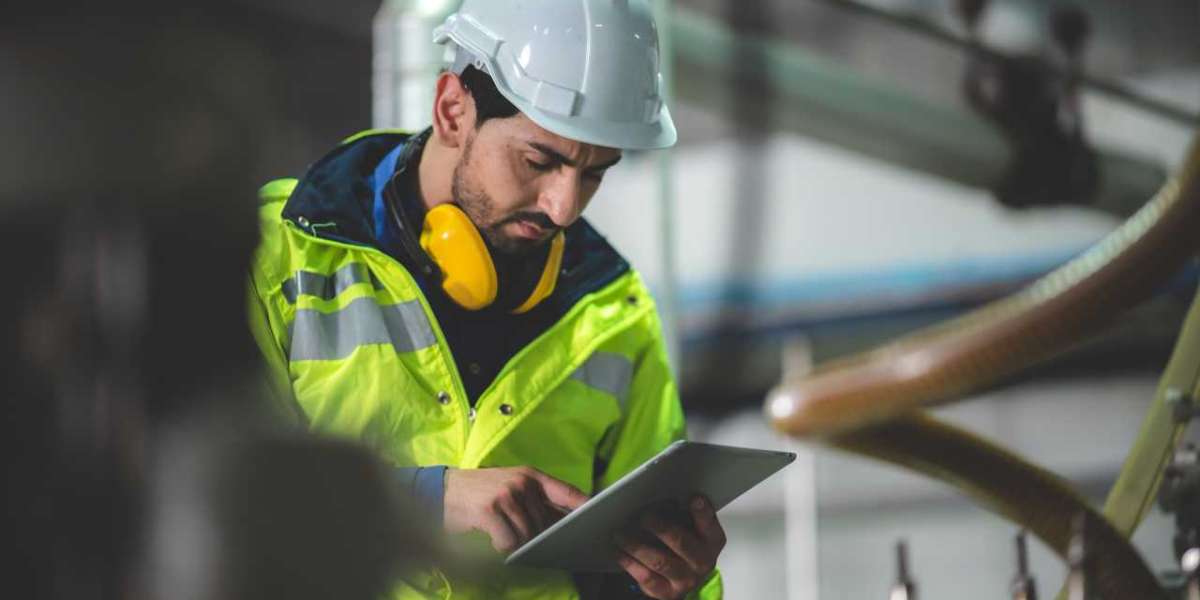What is Meditation ?
Meditation is an ancient practice and technique that allows the mind to focus on a single thing at a time, perhaps an object, a thought or action such as walking. Our state of awareness and consciousness is heightened during meditation.
Meditation has been practiced in all cultures around the world for thousands of years and you do not have to be religious or spiritual to practice it. Modern science has started to record the effects of meditation through brain imaging and EEG and MRI scans show effects on the brain.
Meditation is a body, mind and emotion practice. It involves self scanning and becoming aware of bodily sensations. Physical sensations can be felt throughout the body and awareness of emotional state. In meditation we are able to observe these thoughts and feelings without judgement as they come into our awareness and we can develop a greater perspective of understanding ourselves.
Meditation is a skill that has to be learned and will become easier with practice and a consistent effort. If one method isn’t working for you there are lots of others to try.
Meditation is self care and attends to health with self responsibility.
Taking the decision to begin a meditation practice is a commitment to improving physical, mental and emotional health if practiced consistently and consistency is key…..its not a magic wand or quick fix.
Meditation is an experience and you may wish to journal afterwards to record anything that comes up for you to use for further self enquiry.
Benefits of Meditation
Physical :-
Improves body awareness
Re sensitizes bodily sensations
Improves posture and breathing
Improves the effectiveness of the nervous system and all bodily systems such as a more effective immune system and improved cardiovascular system.
Promotes a healthier balance of the parasympathetic (rest digest) system
Improves symptoms of stress in the body caused by too much adrenaline and cortisol.
Improves sleep and repairs brain functioning.
Improves awareness of physical boundaries.
Psychological:-
Trains the mind to become more attentive and focus
Decreases the mind chatter or wandering mind
Improves awareness of thoughts
Improves memory
Improves awareness of mental health
Improves mental health issues such as anxiety
Allows space for contemplation, such as the concept of gratitude
Allows space for insight.
Emotional
Improves awareness of emotions such as anger, boredom, anxiety and fear
Improves our coping mechanism for reducing emotional overwhelm
Improves compassion and empathy
Offers a tool for self regulating emotions throughout the day
Spiritual:-
While meditation is often used as part of a spiritual or religious practice the techniques themselves are independent of these practices and beliefs
It develops compassion for self and others
Promotes a state of peace and deeper connection
Offers a state of where we can have more of a sense of who we are on a soul level
Posture for Meditation
Try to use same seat so that the body remembers.
An upright spine helps to keep the mind alert, aware awake
A meditation posture should feel relaxed and supported where needed to avoid the spine collapsing and aid easier breathing
Sitting cross legged offers a stable base however kneeling or seated with feet on the floor also facilitates the flow of grounding energy through the feet and the pelvis
The spine should feel upright and straight and lengthen from the tailbone to the neck to maximise energy rising
Move when necessary, a comfortable posture invites more openness and expansiveness
When the cerebrospinal axis is elevated the chakras are more open to direct the life force up to the higher consciousness centres of the brain.
Posture awareness is a good skill to learn to carry into everyday life.
Breathing for Meditation
Breath awareness is really important to the meditative experience. The act of breathing is usually unconscious. By drawing attention to the breath we can control it by changing the speed and the expansiveness. Slowing down and deepening the breath as we settle into meditation posture can help the nervous system to calm or energise. Once settled finding a natural rhythm of breath allows a sense of ease to keep flowing into the practice. This awareness brings consciousness into what is normally an unconscious process.
The Process of breathing :
Inhale – oxygenates the cells of the body and vital energy is drawn in (prana Vayu)
Pause – allows absorption of oxygen and prana
Exhale – Carbon dioxide leaves the body and vital energy flows downwards (apana vayu)
Pause – allows a chance to let go and re set the autonomic nervous system. A heightened feeling sensation may be experienced
Breathing habits reflect our inner world – how we breathe influences our mental and emotional state, the nervous system, endocrine system and musco skeletal system. Basically breathing is related to our health and happiness.
For meditation the optimum breathing pattern is a quiet smooth easy breath through the nose.
A regular meditation practice helps to re train poor breathing habits such as :
Shallow breathing – this can be due to restriction of diaphragm eg tight clothing and chest breathing. This can result in activation of the sympathetic nervous system and can lead to stress and anxiety.
Noisy Breathing – obstruction of nasal passages and mucus
Jagged breathing – may be due to high emotional state.
The Practice of yoga supports healthy breathing
Mudras
These are sacred hand gestures and are sometimes used in Meditation
Gyan Mudra – facing down is a seal for inviting in wisdom and knowledge its calming and grounding and used with breathwork.
Chin Mudra – The psychic mudra of consciousness or the gesture of the teacher. It lifts the energy and relieves stress
Dhyana Mudra is known as meditation Mudra. The hands rest next to the navel with the right hand on the top. The thumbs and hands together form a triangle which symbolizes spiritual fire. The bowl shape of this mudra is representative of a medicine bowl and is therefore said to aid healing. It is said to balance the right and left hemisphere of the brain so that the mind becomes quiet and aids concentration
Meditation as Self Enquiry
Who am I? Meditation helps us to rediscover our true identity and the nature of the self.
Meditation is the bridge between the theory of who we are and the experience of it.
Quotes to contemplate
“The self is not the role, the self is the soul. The soul is the actor, the body is the costume. We are all simply actors and each day is filled with many scenes”
Mike George in the light of meditation
“You are a spiritual being, you are a soul animating a body. A soul of spiritual light and inner peace”
Thich Nat Hanh
Journalling After Meditation
Journalling has a Powerful effect and can really improve your meditation practice if done regularly.
Prompts :-
Today I’m grateful for……
How do I want to feel today, to be received today….
What is my offering to the world today …..








